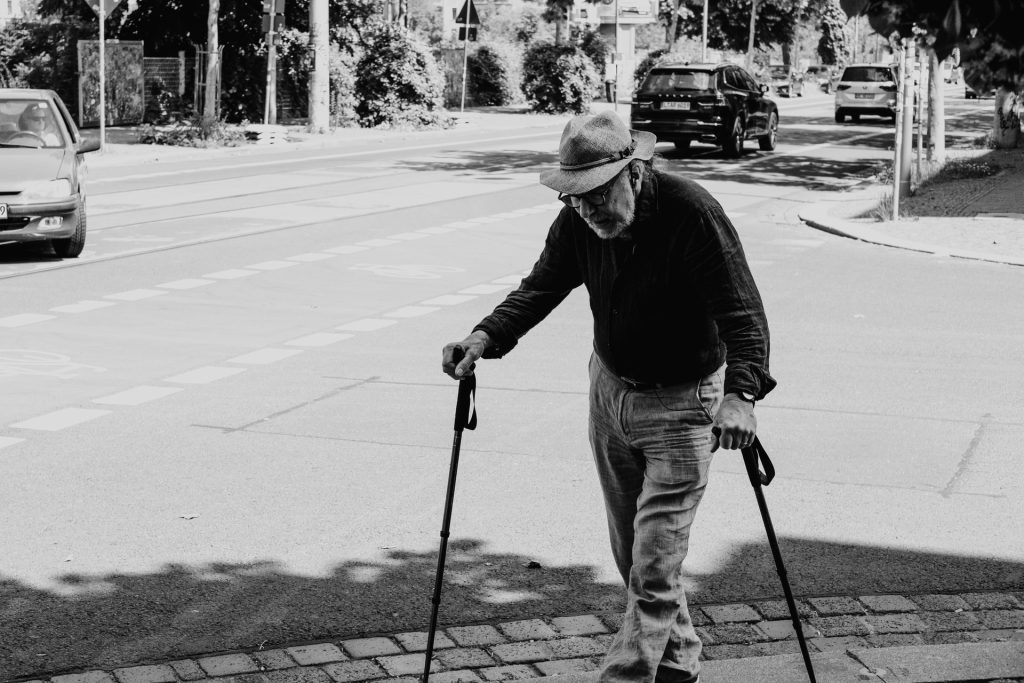Virtual Reality Sessions can Lessen Cancer Pain, Trial Shows

Hospitalised cancer patients who engaged in a 10-minute virtual reality (VR) session experienced significantly lessened pain in a trial published in CANCER, a peer-reviewed journal of the American Cancer Society. Participants still experienced sustained benefits a day later.
Most cancer patients experience pain, and treatment usually involves medications including opioids. VR sessions that immerse the user in new environments have been shown to be a noninvasive and nonpharmacologic way to lessen pain in different patient populations, but data are lacking in individuals with cancer. To investigate, Hunter Groninger, MD, of Georgetown University School of Medicine and MedStar Health and his colleagues randomized 128 adults with cancer with moderate or severe pain to a 10-minute immersive VR intervention involving calm, pleasant environments or to a 10-minute two-dimensional guided imagery experience on an iPad tablet.
The investigators found that both interventions lessened pain, but VR sessions had a greater impact. Based on patient-reported scores from 0 to 10, patients in the guided imagery group reported an average decrease of 0.7 in pain scores, whereas those in the VR group reported an average drop of 1.4. Twenty four hours after the assigned intervention, participants in the VR group reported sustained improvement in pain severity (1.7 points lower than baseline before the VR intervention) compared with participants in the guided imagery group (only 0.3 points lower than baseline before the active control intervention).
Participants assigned to the VR intervention also reported improvements related to pain “bothersomeness” (how much the pain bothered them, regardless of the severity of the pain) and general distress, and they expressed satisfaction with the intervention.
“Results from this trial suggest that immersive VR may be a useful non-medication strategy to improve the cancer pain experience,” said Dr Groninger. “While this study was conducted among hospitalized patients, future studies should also evaluate VR pain therapies in outpatient settings and explore the impact of different VR content to improve different types of cancer-related pain in different patient populations. Perhaps one day, patients living with cancer pain will be prescribed a VR therapy to use at home to improve their pain experience, in addition to usual cancer pain management strategies like pain medications.”
Source: Wiley




